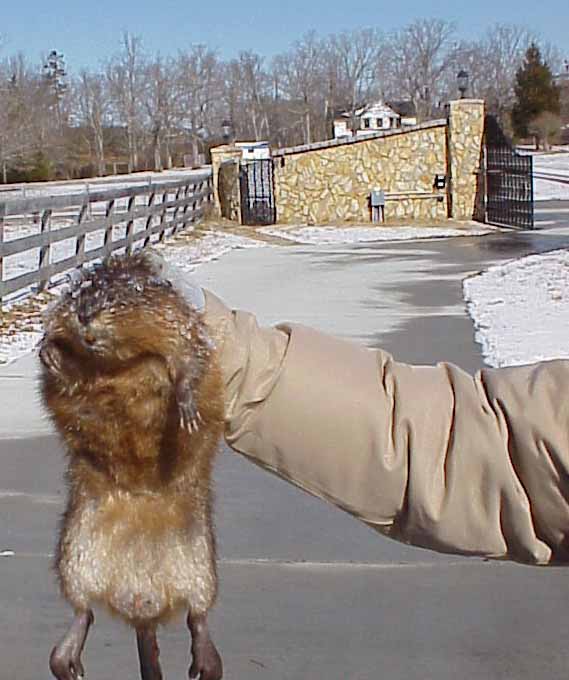This goes for our animals too, and I get especially distressed when our spoiled Rottweiler’s don’t eat what they kill.
Our barn cats do a great job finishing their kill, and usually all that is left is the tail, but the dogs don’t seem to understand that killing is only half the fun, they get dinner too.
I’m getting sick and tired of throwing away perfectly good dog food:

It just makes me sick to see fresh kill has hardly been touched. And it's not just me.
I'll bet that most people would be sick to find something like this in your back yard:

I suspect that it’s the initial taste of warm blood that gives them the impetus to finish their meals. With cats, the taste of warm blood is irresistible, it stimulates their appetite:

Developing a thurst for blood
The natural instinct of to enjoy fresh blood is instinctive in all carnivores, and some primitive cultures still eat blood on a daily basis:

The Full-English breakfast – served with a scab called “blood pudding”
So, how do I get my Rottweiler’s to start eating their kill? I have a couple of blood drains hanging out of my gut right now, and I noted that our little dog keeps scratching at my woulds, as if the drains were some sort of snack dispenser:

But why let the blood go to waste, especially when I can use it to train my puppies to be bloodthirsty? My surgeon says that my drainage is rich in albumin, fat and red blood cells, and best of all, it’s already at body temperature.
As soon as I’m able to walk freely, my plan is to pull a Pavlov and condition them to associate me with the taste of fresh blood, something like this, except with human blood:

Once they develop a taste for blood, it is my hope that they will discover that vermin is not just fun to kill, it’s tasty too.
On the other hand, Janet says that it's probably not a good idea . . . .

